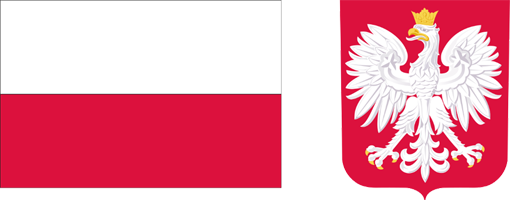Current issue
Archive
About the Journal
Aims and Scope
Editorial Board/Editorial Team
List of reviewers
Publishing process
Publishing Ethics and Malpractice Statement
Personal data protection (GDPR)
Creative Commons License
CrossRef Member / Similarity Check
For Authors
Call for papers
Guidelines for authors
Submitting a manuscript through the editorial system – step by step
For Reviewers
Peer review process
Guidelines for reviewers
Submitting a review – step by step
Contact
RESEARCH PAPER
DISTRIBUTION OF FUNDS UNDER THE DIRECT SUPPORT SCHEME BETWEEN BENEFICIARIES – ANALYSIS OF INEQUALITY AND REDISTRIBUTIVE INSTRUMENTS INTRODUCED IN 2015
1
Szkoła Główna Handlowa Warszawa
Acceptance date: 2017-12-07
Publication date: 2017-12-11
Zagadnienia Ekonomiki Rolnej / Problems of Agricultural Economics 2017;353(4):169-187
KEYWORDS
ABSTRACT
The paper analyses the inequality of distribution between beneficiaries of the EU aid implemented under the system of direct support and assessment of the level of use by the European Union Member States of the redistributive potential of instruments introduced by way of the 2015 Common Agricultural Policy reform. These are especially important issues in the context of aiming at ensuring fair division of funds allocated to agriculture support, not weakening the incentives to raise efficiency.
The empirical data were sourced from factsheets of total amounts of direct payments paid to beneficiaries broken down by the EU Member States and support quotas. The research used descriptive statistics methods, comparative analysis and simulations.
It was stated that the degree of use of the redistributive potential of instruments reducing the inequalities in the amount of support per a beneficiary granted by a given state does not depend on its place as regards inequality of division of funds between farmers. It may give evidence of different perception of the decision-makers in various countries on the fair division of support. Moreover, some recommendations were formulated as regards redistributive instruments introduced by way of the 2015 CAP reform. According to the author, the mechanism of payments reduction should not be limited only to the basic payment, additionally there should be a possibility to adjust the quota limit at the level of a Member State. This would increase the redistributive potential of this mechanism. At the same time, according to the author, Member States use the possibilities of increasing the significance of redistributive payment to an insufficient degree by increasing the level of the instrument financing. Such solution allows for gradual decrease in the level of support concentration, thus avoiding rapid changes in the income situation of the beneficiaries of direct payments.
Share
RELATED ARTICLE
We process personal data collected when visiting the website. The function of obtaining information about users and their behavior is carried out by voluntarily entered information in forms and saving cookies in end devices. Data, including cookies, are used to provide services, improve the user experience and to analyze the traffic in accordance with the Privacy policy. Data are also collected and processed by Google Analytics tool (more).
You can change cookies settings in your browser. Restricted use of cookies in the browser configuration may affect some functionalities of the website.
You can change cookies settings in your browser. Restricted use of cookies in the browser configuration may affect some functionalities of the website.



